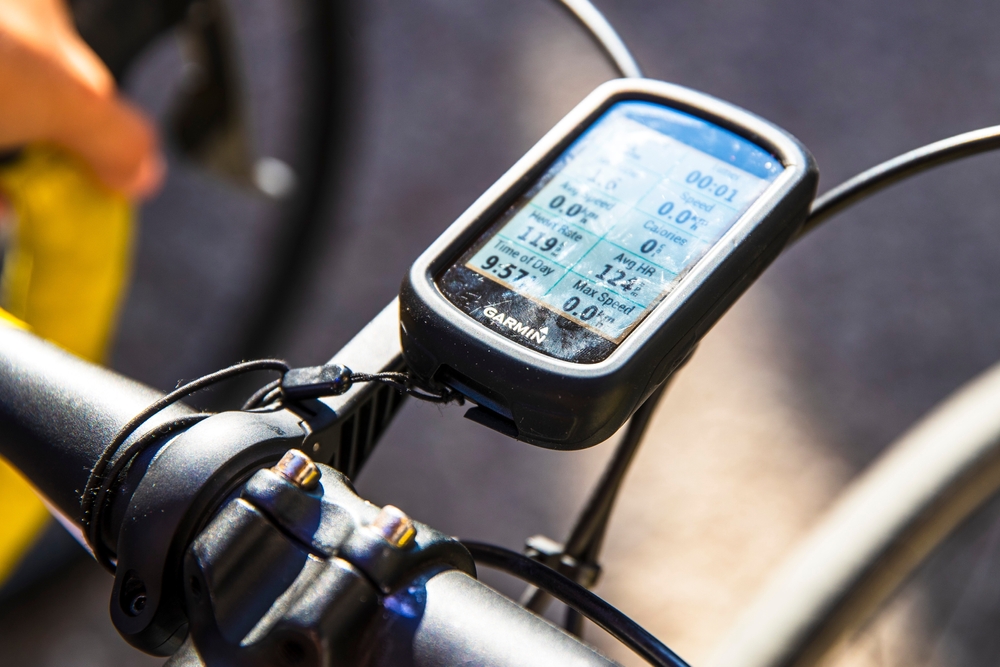Understanding Tour de France Bikes
Understanding Tour de France Bikes
Each year, fans marvel at the athleticism and endurance of cyclists competing in the Tour de France. The bikes they ride are not just ordinary bicycles. These are meticulously crafted machines designed for optimal performance over grueling multi-stage races.
The Evolution of Tour de France Bikes
The first Tour de France in 1903 saw riders on heavy steel-framed bikes with no gears. Over the decades, technological advancements have transformed the bikes. By the 1930s, derailleurs were allowed, a significant innovation that revolutionized racing. In the 1990s, carbon fiber frames became more common, providing strength without added weight.
Frame Materials
Modern Tour de France bikes use predominantly carbon fiber frames. This material offers a high strength-to-weight ratio, which is crucial for cyclists who need to maintain high speeds over long distances. Carbon fiber can be molded into aerodynamic shapes, reducing drag. It also absorbs vibrations from the road, providing a smoother ride.
Gearing Systems
Current bikes feature electronic gearing systems. These allow riders to shift gears with precision and ease. Shimano, SRAM, and Campagnolo are the primary manufacturers providing these systems. With electronic shifting, the risk of mechanical failure is reduced, and the speed of gear changes is optimized.
Wheelsets
Wheels play a critical role in a bike’s performance. Today’s bikes typically use aerodynamic wheels with deep-section rims. These wheels cut through the air more efficiently. Tubeless tires are also increasingly popular. They provide better puncture resistance and can be run at lower pressures, improving grip and comfort.
Braking Systems
Most professional bikes now use disc brakes. Disc brakes offer superior stopping power and control, especially in wet conditions. This technology has filtered down from mountain biking and has proven its worth in road racing.
The Role of Aerodynamics
Aerodynamics is a key consideration. Frames, wheels, helmets, and even rider clothing are designed to reduce drag. Teams invest heavily in wind tunnel testing to optimize bike and rider aerodynamics. Components are designed to be as smooth as possible, with internally routed cables and integrated handlebars and stems.
Weight Considerations
The UCI (Union Cycliste Internationale) sets a minimum bike weight limit of 6.8 kg. Teams aim to hit this limit exactly. Reducing weight helps on climbs, where every gram can make a difference. However, it’s a balancing act between weight, strength, and aerodynamics.
Customization for Each Rider
Every rider’s bike is highly customized. Factors such as body size, riding style, and personal preferences affect bike setup. Saddle height, handlebar width, and stem length are adjusted for comfort and efficiency. Riders may have multiple bikes with different setups for various stages, including time trials and mountain stages.
Monitoring Technology
Cyclists use various tech tools for performance monitoring. Power meters, heart rate monitors, and GPS devices collect real-time data. This information is crucial for pacing and strategy during the race. Teams analyze data to make informed decisions on tactics and training.
Key Manufacturers
- Pinarello
- Specialized
- Giant
- Trek
- Cervélo
These manufacturers are well-represented in the Tour de France. They constantly innovate to provide the best equipment for riders.
Maintenance and Support
Professional teams have dedicated mechanics. These experts maintain and adjust bikes before, during, and after each stage. Swift repairs are often necessary during a race. Mechanics carry spare parts and tools, ensuring that any mechanical issues can be quickly resolved.
Training on the Bike
The relationship between a rider and their bike is crucial. Competitors spend countless hours training on their race bikes. They need to be accustomed to how the bike handles under various conditions. Regular training ensures the rider can push their limits safely and effectively.
Economic Investment
Tour de France bikes are a significant investment. Cutting-edge technology, lightweight materials, and precise craftsmanship come at a cost. Teams often spend substantial sums on their cycling equipment. Sponsorship deals with bike manufacturers help offset these expenses. Success in the Tour de France is not only about the rider’s abilities but also about the quality of their equipment.
Sustainability Considerations
As with many sports, cycling faces questions of sustainability. Manufacturers are beginning to consider the environmental impact of their products. The use of sustainable materials and reducing waste in production are growing priorities. Cycling inherently promotes an active and eco-friendly lifestyle, but the industry still has room for improvement.
Future Innovations
The development of Tour de France bikes is ongoing. Advances in materials science, aerodynamics, and electronics promise even more lightweight and efficient machines. The integration of artificial intelligence for real-time performance adjustments is a potential future innovation. The bikes of tomorrow will continue to push the boundaries of what’s possible in competitive cycling.






